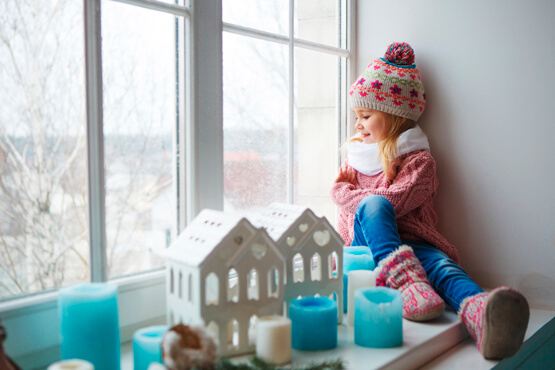From Guest Blogger Lillian Connors: Transforming Your Home into an Energy-Efficient Hub

By applying several simple retrofitting steps, you can make a big difference in improving your home’s energy-efficiency.
A good start
Good plan and preparation is the key to success of any project. Before you start with any retrofits, arrange for an energy efficiency inspection to determine the current state of your home and the amount of energy it consumes. This can be done by you or a professional auditor. The information you get as a result will help you decide on the following course of action regarding the choice of retrofits most suitable for your home.
Lighting
The traditional type of lighting is inefficient and consumes up to 80% more electricity than the new, LED light bulbs. Traditional, incandescent bulbs waste a large amount of energy mostly on producing heat, and only about 5% on light production. Their lifespan is also much shorter and carbon dioxide emission much higher, so they incur larger costs and more environmental damage. On the other hand, LED light bulbs use 95% of energy for creating light and only 55 is wasted on heat production, and their lifespan is much longer so they significantly reduce your electricity bill in the long run.
Home insulation
One of the must-haves in creating an energy-efficient home is proper home insulation. A large amount of energy is consumed on heating or cooling of your home but a lot of it is wasted due to poor insulation. To avoid this, invest into good quality insulation, from the bottom to the top of your house, and focus both on the interior and the exterior. The most vulnerable points of your home are the basement and the attic, so make sure you have that covered. The insulation costs will vary from home to home, and its initial costs are big, but benefits are multiple: you will reduce your heating bill in winter and cooling bill in summer and time spent indoors will be much more comfortable and enjoyable.
Windows and doors
Windows are another frequent point of energy loss if they aren’t properly installed or insulated. You can choose to reseal them and prevent draft and heat loss, but the best option is retrofit double glazing. For instance, these Melbourne-based double glazing experts guarantee that their retrofit window systems will provide excellent soundproofing, thermal protection and raise the comfort and quality of your home by reducing your energy consumption and bills.
Another aspect that also requires your attention are your exterior doors. If not properly installed or in poor condition, they can be a cause of a major air leakage. Any possible gaps or cracks can be easily fixed by weatherstripping, but if they’re beyond repair, consider replacing them completely. If they are still in good condition and you wish to keep them, you might consider installing a storm door. They add another layer of protection by creating a buffer between you on one side and summer heat or winter cold on the other side.
Using these simple and practical retrofitting tips, you can easily transform any home into a warm and comfortable abode, cut your energy costs and protect the environment. By opting for eco-friendly lighting choices, insulating your home from top to bottom, and installing energy-efficient doors and windows, you’ll be much closer to creating an energy-efficient home.
